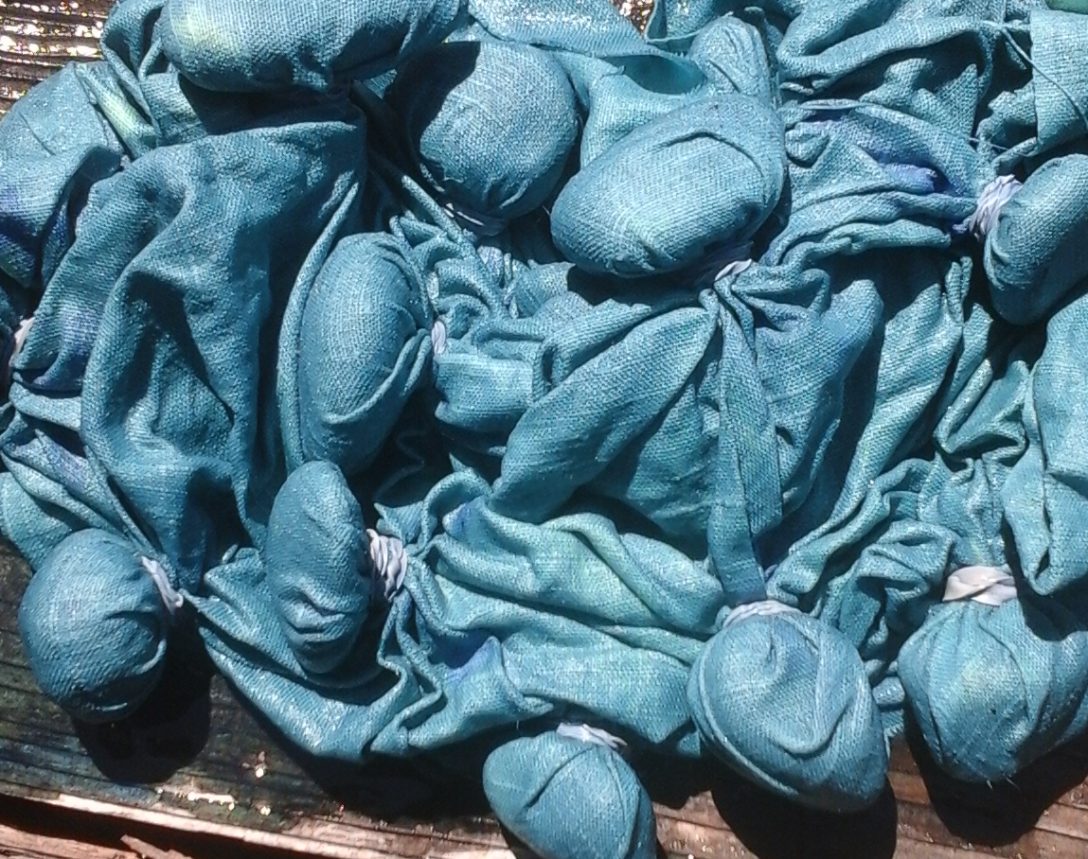
Some days I feel like I’m living on the very edge of the earth, and in some ways I am. On the edge of the earth, there is a fire to make in the mornings, a cat to feed, a bird-feeder to fill with black sunflower seeds. There’s a book to revise, meals to make, laundry piled up at the top of the stairs. At the edge of the earth, no one comes to the door.
We go down the Coast usually one day a week to do our grocery shopping, other errands, and I take back the previous week’s library books, check out some for the week ahead. On the New Books shelf yesterday, I was surprised to find a copy of a memoir by John Luther Adams–Silences So Deep: Music, Solitude, Alaska. If you read this blog regularly, you’ll know how much I love his music. Of course I brought the book home and I began to read it last night. I wondered how he’d felt compelled to write the book and there it is, in the Acknowledgements:
On a winter evening walk across frozen Lake Louise in the Alaska Range, the writer and critic Alex Ross asked me whether I’d ever considered writing a memoir. I hadn’t.
“You’ve lived an interesting life,” Alex said, quietly.
Alex Ross is one my favourite music writers. I found his wonderful The Rest is Noise on a trip to Europe in 2009 and it was the best of companions as we traveled on trains and walked to concerts in the evenings. His next book, Listen to This, led me to the music of John Luther Adams and I am grateful for the introduction. So many times I’ve sat at my desk, working on something, while Become Ocean resounds through my small room. (Like right now.) So I was intrigued to read about how he came to composition and how he listens to birdsong, ice, weather, bells, and explores how to bring them together in ways that take the listener to the locations of their origins. In an interview about his memoir in The Nation, Adams says this:
The construction of the music, the intellectual care, the mathematical rigor, the algorithmic detail—all that is essential, even if you don’t hear it or you choose not to listen to it. I’m not interested in showing you how much technique I have, how smart I am. The music is not about me, or even about my making it.
But I still think that if it’s well made, and if it has a formal coherence, like this mountain does or like the seasons do, it gives the music that elemental quality that I’m after. There are moments in Become Ocean or Become Desert when all these different tempos and sonic layers begin to converge, or diverge for that matter, and I believe when a listener hears that, even if she doesn’t hear it consciously, it creates a gravitational pull or a magnetic field in the music.
I read far longer into the night than I normally would and this morning I reached for the book first thing, with my coffee. In the fifth section, there’s a beautiful profile of Adams’ relationship with the late American poet, John Haines, in so many ways his kindred spirit. Mine, too. If you look at the photograph at the top of this post, you’ll see The Stars, The Snow, The Fire, a book I’ve treasured for decades. I keep it behind my computer so that I can easily reach for it and be taken away, to Alaska, in language so full of music, that it comes as no surprise to learn that John Luther Adams set a suite of John Haines’ poems to music, Forest Without Leaves:
A birch leaf held fast
in limestone ten million years
still quietly burns,
though claimed by the darkness.
Let earth be this windfall
swept to a handful of seeds—
one tree, one leaf, gives us plenty of light.
There’s music at the edge of the earth, sounding out as waves of ocean, as the anticipated song of the Swainson’s thrush which even a pandemic can’t take from me, as a croaky bell in the woods as ravens tumble and play, a ping on the roof as the rain begins. The sonic layers of a life, plenty of light.

Oh this is lovely Theresa. Now you have me seeking out, “The Stars, The Snow, The Fire”
It’s a beautiful book, Diane. And his first collection of poems, Winter News, is worth looking for too!